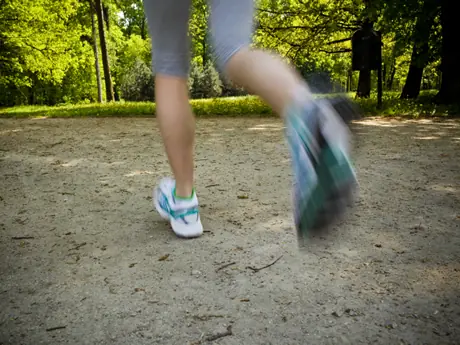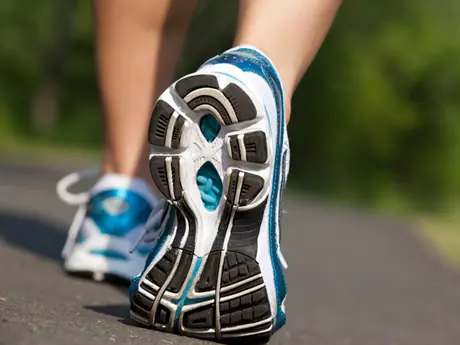
My girlfriend and I have taken several vacations that involved walking, hiking, or standing for most of the day. Following these vacations, I noticed big improvements in my running times. My most recent example follows our trip to Barcelona. We did what the native city dwellers do and walked most of the time.
We wandered tree-lined Las Ramblas, explored the colorful Picasso Museum, climbed the spires of the Sagrada Familia cathedral, toured the shocking Dali museum, browsed curvy Modernist houses, and hiked the mountain trails of the Montserrat Monastery. We were on our feet for eight to ten hours every day and went to bed sore and tired. We didn't swim, bike, or run—just walked.
A couple of days after returning home, I ran my usual 1.6-mile morning loop. My average time for running this loop prior to our trip was 15:17. That's an average pace of 9:33 per mile—no, I'm not a fast runner. My best time was 14:19. Two days following our walk-filled vacation, I ran the same loop.
Although I hadn't run at all for 16 days, I felt like I was flying. My stride was longer and bouncier. My time was 13:20 (8:20 per mile), almost a full minute faster than my best time.
"While walking takes longer, it will bestow the same endurance as running, while reducing injury risk."—Jeff Galloway, U.S. Olympian
Nor could it have been a result of tapering; I hadn't been training much prior to the vacation, running perhaps 10 miles a week.One of my running friends also noted the benefits of walking. Sandy Kweder, a physician who runs about 12 miles a week, told me that when she returned to running after taking almost a year off, she started by walking her dog for about a mile and a half every morning. Then she would go out for her run. She noticed a vast improvement. Said Kweder, "It was remarkably easier. The difference in the runs was striking."
What Do the Experts Think?
"By increasing your endurance during your long walking days in Spain, you created a number of physiological benefits internally that only come from extending the distance, while using your legs and feet," said Jeff Galloway, the biggest advocate of incorporating walking into a running routine, and a former U.S. Olympian in the 10,000-meter run. Galloway, the founder of the Walk-Run program, believes that "while walking takes longer, it will bestow the same endurance as running, while reducing injury risk."- 1
- of
- 2
Get ACTIVE on the Go


Couch to 5K®
The best way to get new runners off the couch and across the finish line of their first 5K.
Available for iOS | Android








Discuss This Article